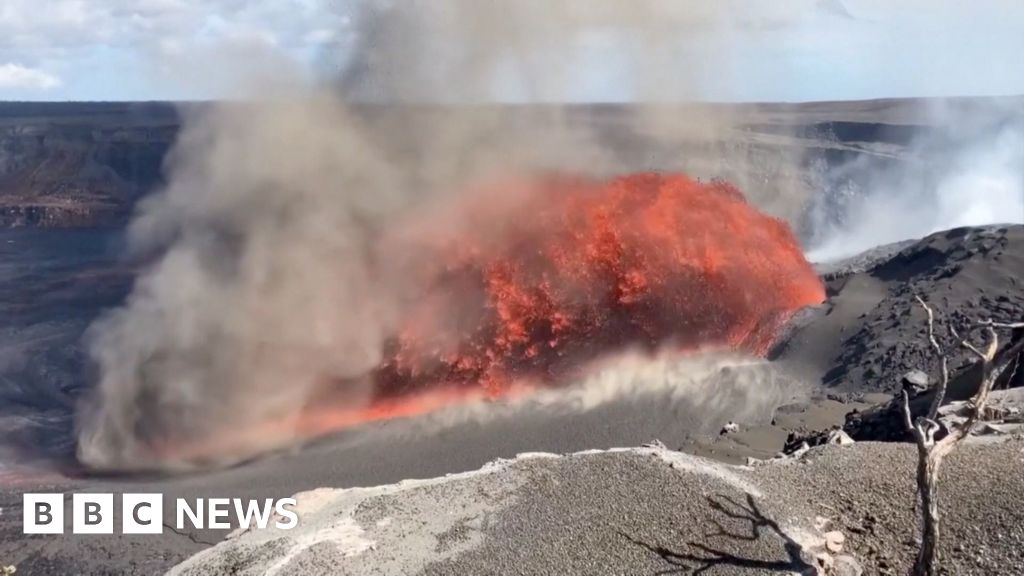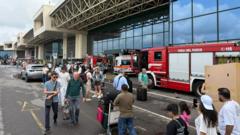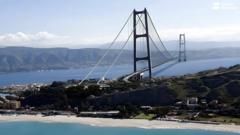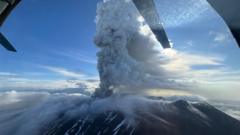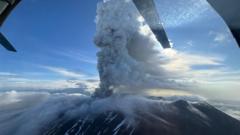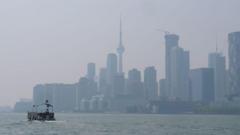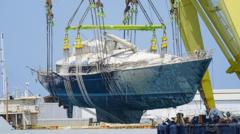The eruption was marked by pyroclastic flows made up of ash, gas, and rock streaming down the mountainside. Geologists noted a potential collapse in the volcano's crater, which might have contributed to the latest activity. INGV indicated that volcanic debris had not yet reached the Valley of the Lion, a safe distance from where tourists typically venture. Recorded at 00:39 local time, the eruption is identified as "Strombolian," characterized by sporadic explosions due to gas escaping from the magma chamber. Such eruptions pose risks for nearby air traffic, prompting initial red alert measures for flights that were later adjusted. Mount Etna's last significant eruption occurred in February, leading to flight diversions at Catania airport due to ash fallout, and authorities continue to caution tourists against approaching lava flows.
Mount Etna Erupts, Spewing Ash and Smoke Over Sicily
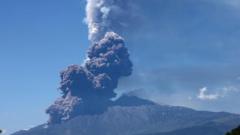
Mount Etna Erupts, Spewing Ash and Smoke Over Sicily
Italy's renowned Mount Etna has erupted, releasing significant plumes of volcanic ash and smoke seen across Sicily.
Mount Etna, one of the world’s most active volcanoes, erupted early Monday morning, accompanied by a series of explosions of increasing intensity, as reported by Italy's National Institute of Geophysics and Volcanology (INGV). While volcanic material poured from the southeastern vent, current disruptions appear limited.


